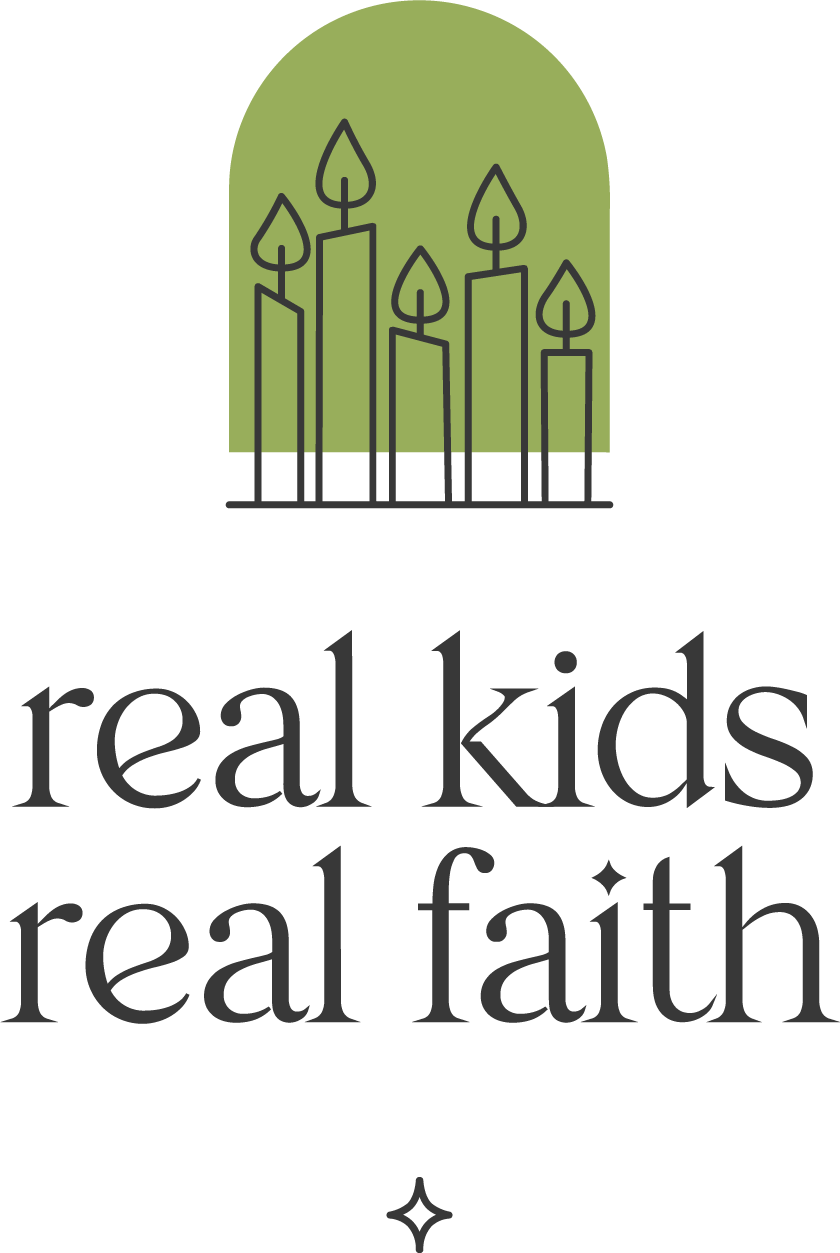One summer, my kids and I planted a small garden. While our cucumbers and zucchini did well, our tomato plants struggled. After doing a little research, we learned that adding a marigold plant would help deter insects. Thanks to plant commingling, we harvested a lot of plump, juicy tomatoes.
In Apple and Magnolia, a young girl watches her two favorite trees help each other when one of the trees gets sick. Authors Laura Gehl and Patricia Metola draw on scientific research about how trees support each other to create a fascinating tale of environmental connections. The story blends science and spirituality by emphasizing intuitive and evidence-based knowledge, diverse relationships, helping, and connecting with nature.
Explore this storybook with children ages 3 and up using one or more of the following activities:
Intuitive Knowledge. Britta is positive her two favorite trees are best friends. She doesn’t know how or why she believes this, but she knows it to be true. While her dad and sister don’t understand, Nana encourages her belief. Invite children to share things that they know deep down to be true. Ask: Why do you think this is true? How do people react if you tell them about this belief? Who supports you in exploring this belief to understand it better?
Unusual Friendships. Even though Apple and Magnolia are different types of trees, they are connected. Nana calls this an ‘unusual friendship’. Explore the concept of friendship with children by making a chart of ‘typical’ and ‘unusual’ friendship characteristics. List things that they associate with a typical friendship in one column and then note things that might characterize an unusual friendship in a second column. Ask: Which things are part of your closest friendships? Why do you think some things make friendship easier or less likely?
Evidence-Based Knowledge. Britta believes that Apple is helping Magnolia. She decides to test and measure to see if she can quantify the trees’ relationship. Encourage children to name some questions they have about nature and the environment. They might wonder about the effects of air pollution on plants, the impact of soil erosion on food crops, or how dwindling bee populations affect gardens. Research ways they could gather data to help them answer their questions (or review data gathered by others).
Tree Care. When Britta first notices that Magnolia is not doing well, her grandmother asks her how she plans to help. Britta decides to knit a scarf for the ailing tree and also creates a string phone to help Apple and Magnolia communicate. Brainstorm with children other ways Britta (or they) might help Magnolia. Invite them to draw pictures of their favorite ideas.
Swaying Together. Apple and Magnolia do not touch, but in the breeze, they sway together. Ask children to participate in a short visualization exercise. Say: Close your eyes and imagine you are a tree. Stand tall and still. Now imagine that a gentle wind begins to blow. As the wind moves through your branches, you begin to sway back and forth. How do you feel as you sway? Think about the other trees swaying around you. What might they be feeling? What might you say to each other? End by sharing with each other how you felt while imagining yourselves as swaying trees.

Comments